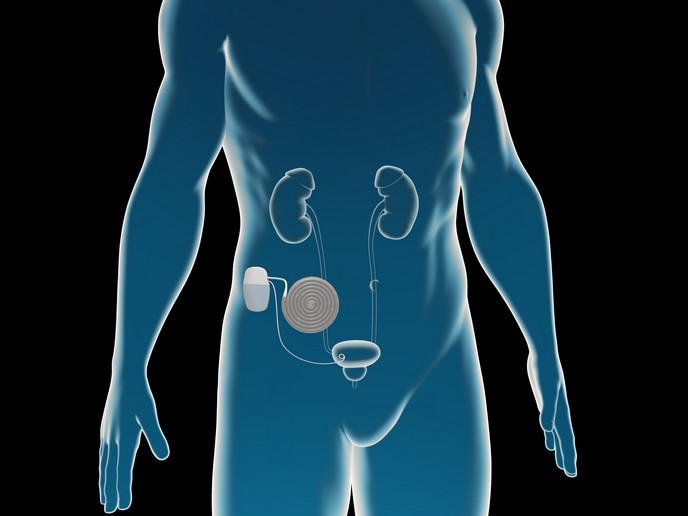Sans animal testing for drug profiling
Another major drawback during drug testing is the poor correlation for adverse effects and dose response as well as efficacy between animals and humans. Unfortunately for drug companies, discovering toxicity or lack of efficacy at this late stage of drug development can cause huge financial setbacks. A possible solution to this problem is incorporating in vitro toxicity testing and in silico models during early stages of drug development. Early identification of ineffective or toxic compounds will prevent them reaching the pre-clinical animal testing phase. To realise this goal, the EU-funded project PREDICT-IV(opens in new window) was initiated. Project members worked on representing three target organs — liver, kidney and central nervous system. For this purpose, they optimised cellular systems and employed a combination of omics technologies with biokinetic quantification. Scientists used three cell models to represent the liver — primary human hepatocytes, primary rat hepatocytes and the hepatoma cell line HepaRG. Eleven well-characterised compounds were tested and results compared. Besides good correlation between in vitro and in vivo outcomes, several promising biomarker candidates were identified. Team members used the non-transformed normal human proximal tubular cell line RPTEC/TERT1 to perform predictive in vitro kidney tests. Several drug compounds were comprehensively tested, producing invaluable insights into their pharmacological and toxicological effects. Two neuronal models — a 2D mouse model and a 3D aggregating rat model — were used to test 12 compounds. Pattern recognition techniques seemed to do the trick with regard to correlating neuroactive effects and toxicity. Researchers made a significant breakthrough with the development and optimisation of the in vitro blood–brain barrier system for repeated dose toxicity studies. Overall, project activities amassed vast amounts of biological data through omics profiling and biokinetic models. Together, these datasets enable the identification of human-relevant safe and toxic drug levels, thereby contributing to significant cost and time savings. Their eventual implementation in human drug safety evaluation will help reduce animal experimentation in keeping with the EU REACH legislation(opens in new window). Both pharma companies and patients will benefit from such knowledge-based drug development.







